this is a scenario of small office. there is software projects and there is manager. manager is responsible for managing those projects
manager can perform below actions
- create projects
//createProject() - delete selected projects
//deleteProjectById() - edit the details of a selected project
//updateProjectById() - update his information
//updateManagerInfo() add qualifications
//addQualificationToManager()assign employees for s project
//assignemployees()- check project deadline
//isProjectDeadlinExceed()
i want to model this scenario in uml class diagram below there is manager,project classes with their attributes
manager class attributes
name
genaralInformation
educationalQualifications
salary
project class attributes
projectid
projectname
deadline
budget
assignedEmployeeList
to draw uml class diagram completely i need to place above methods(actions that manager can perform) among the manager class and project class
i,m sure following methods are belongs to manager class because manager can only perform those actions and also those methods not involve changing state of project class attributes.
createProject()
deleteProjectById()
updateProjectById()
updateManagerInfo()
addQualificationToManager()
but i'm not sure where to put below methods?
assignemployees()
isProjectDeadlinExceed()
because above actions can perform manager and also above methods are work on attributes(state) of project class where to put those methods ???

